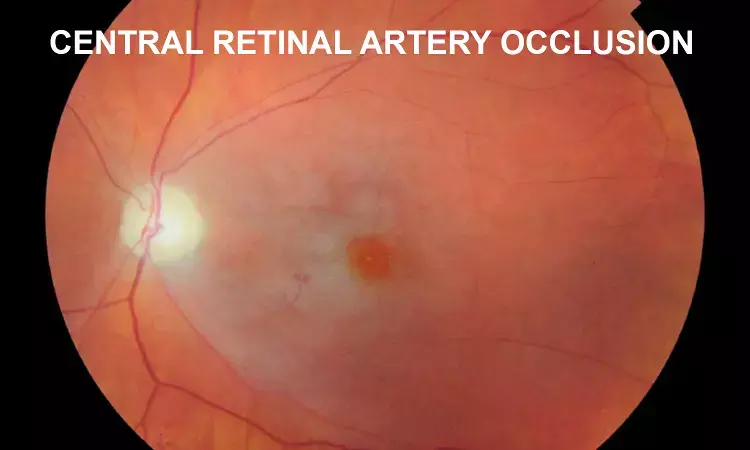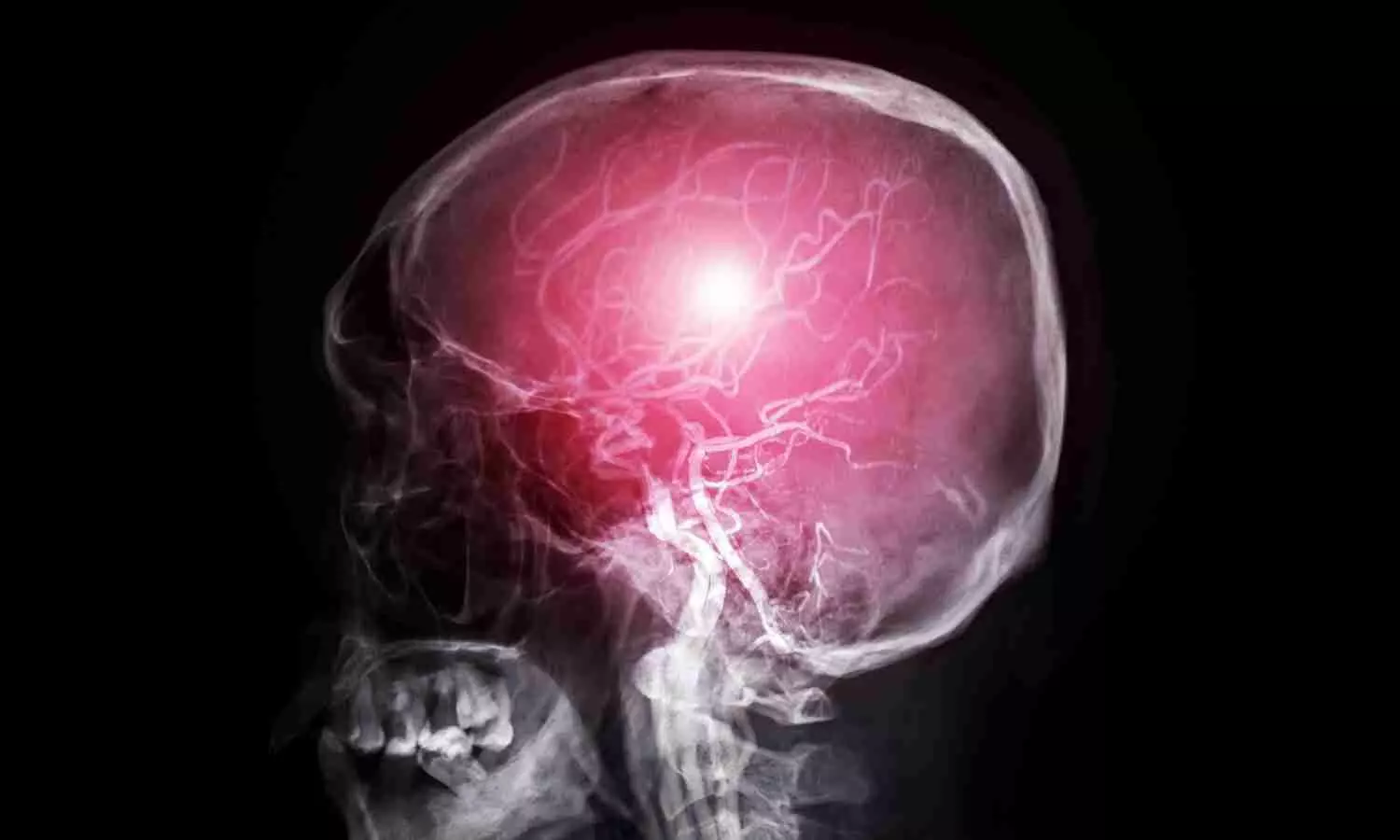- Home
- Medical news & Guidelines
- Anesthesiology
- Cardiology and CTVS
- Critical Care
- Dentistry
- Dermatology
- Diabetes and Endocrinology
- ENT
- Gastroenterology
- Medicine
- Nephrology
- Neurology
- Obstretics-Gynaecology
- Oncology
- Ophthalmology
- Orthopaedics
- Pediatrics-Neonatology
- Psychiatry
- Pulmonology
- Radiology
- Surgery
- Urology
- Laboratory Medicine
- Diet
- Nursing
- Paramedical
- Physiotherapy
- Health news
- Fact Check
- Bone Health Fact Check
- Brain Health Fact Check
- Cancer Related Fact Check
- Child Care Fact Check
- Dental and oral health fact check
- Diabetes and metabolic health fact check
- Diet and Nutrition Fact Check
- Eye and ENT Care Fact Check
- Fitness fact check
- Gut health fact check
- Heart health fact check
- Kidney health fact check
- Medical education fact check
- Men's health fact check
- Respiratory fact check
- Skin and hair care fact check
- Vaccine and Immunization fact check
- Women's health fact check
- AYUSH
- State News
- Andaman and Nicobar Islands
- Andhra Pradesh
- Arunachal Pradesh
- Assam
- Bihar
- Chandigarh
- Chattisgarh
- Dadra and Nagar Haveli
- Daman and Diu
- Delhi
- Goa
- Gujarat
- Haryana
- Himachal Pradesh
- Jammu & Kashmir
- Jharkhand
- Karnataka
- Kerala
- Ladakh
- Lakshadweep
- Madhya Pradesh
- Maharashtra
- Manipur
- Meghalaya
- Mizoram
- Nagaland
- Odisha
- Puducherry
- Punjab
- Rajasthan
- Sikkim
- Tamil Nadu
- Telangana
- Tripura
- Uttar Pradesh
- Uttrakhand
- West Bengal
- Medical Education
- Industry
Intravenous Thrombolysis feasible proposition for Central retinal artery occlusion

In a groundbreaking study conducted at a comprehensive stroke center, researchers have demonstrated the feasibility and safety of an emergency treatment protocol utilizing intravenous thrombolysis (IVT) for patients suffering from Central Retinal Artery Occlusion (CRAO). The study, conducted over a span of four years, sheds light on using Intravenous thrombolysis as a potential breakthrough in addressing acute vision loss due to retinal strokes.
The study results were published in the Journal of Stroke and Cerebrovascular Diseases.
Acute Central Retinal Artery Occlusion (CRAO), an ischemic stroke causing sudden blindness, has a low functional visual recovery rate. Despite lacking established therapies, recent suggestions propose intravenous thrombolysis (IVT) after a risk-benefit discussion. While randomized trials are scarce, observational studies hint at potential benefits. Hence researchers conducted a study examining time to presentation, triage, eligibility rates, and potential risks associated with IVT in acute CRAO at a comprehensive stroke center.
The retrospective, observational cohort study included 36 patients with acute CRAO, emphasizing the need for urgent intervention. The patients, with a mean age of 70.7 years and a balanced gender distribution (52% female), were evaluated based on specific criteria. IVT was offered to those presenting with acute vision loss of ≤ 20/200 in the affected eye, after ruling out alternative causes through a comprehensive ophthalmologic exam. The criteria for IVT closely resembled those used for acute ischemic strokes, underscoring the urgency of intervention.
Findings: ·
- One of the key findings of the study highlighted the temporal aspect of patient presentations. ·
- Patients within the crucial 4.5-hour window from symptom onset were more likely to directly present to the emergency department (66.6% vs. 37.1%, p = 0.1). ·
- However, only 25% of the patients fell within this time frame, indicating the need for heightened efforts in rapid triage to emergency departments for potential IVT candidates. ·
- Of the eligible patients, an encouraging 77% received IVT, demonstrating a high rate of treatment success. ·
- Remarkably, there were no reported instances of symptomatic intracranial hemorrhage (sICH) or extracranial hemorrhage, indicating the safety and efficacy of the IVT protocol for CRAO.
While the study represents a significant step forward in addressing retinal strokes, it also underscores the importance of continued educational initiatives. The fact that 75% of patients presented outside the 4.5-hour treatment window emphasizes the need for enhanced awareness and education to facilitate prompt triage to emergency departments. This breakthrough offers new possibilities for the field of ophthalmology and stroke management, providing a potential lifeline for those experiencing retinal strokes. As the research continues to evolve, the study serves as a beacon of hope, encouraging further exploration and refinement of emergency treatment protocols for retinal artery occlusions.
Further reading: IV Thrombolysis for Central retinal artery occlusion – real-world experience from a Comprehensive Stroke Center. https://doi.org/10.1016/j.jstrokecerebrovasdis.2024.107610
BDS, MDS
Dr.Niharika Harsha B (BDS,MDS) completed her BDS from Govt Dental College, Hyderabad and MDS from Dr.NTR University of health sciences(Now Kaloji Rao University). She has 4 years of private dental practice and worked for 2 years as Consultant Oral Radiologist at a Dental Imaging Centre in Hyderabad. She worked as Research Assistant and scientific writer in the development of Oral Anti cancer screening device with her seniors. She has a deep intriguing wish in writing highly engaging, captivating and informative medical content for a wider audience. She can be contacted at editorial@medicaldialogues.in.
Dr Kamal Kant Kohli-MBBS, DTCD- a chest specialist with more than 30 years of practice and a flair for writing clinical articles, Dr Kamal Kant Kohli joined Medical Dialogues as a Chief Editor of Medical News. Besides writing articles, as an editor, he proofreads and verifies all the medical content published on Medical Dialogues including those coming from journals, studies,medical conferences,guidelines etc. Email: drkohli@medicaldialogues.in. Contact no. 011-43720751




